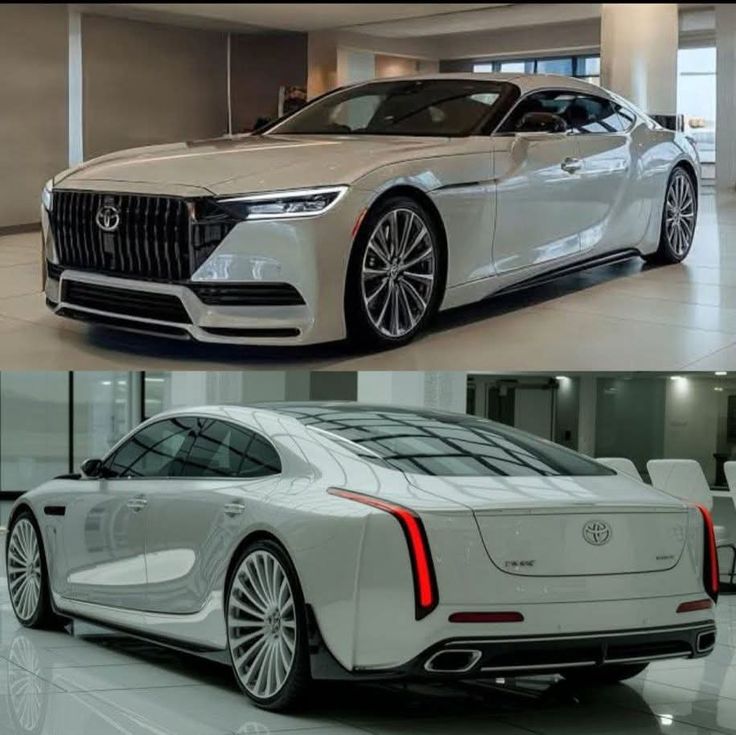Here’s an article-style write-up on metal — its types, uses, and importance.
Metal: The Backbone of Civilization
Metals have played a central role in human progress for thousands of years. From the Bronze Age to modern aerospace engineering, metals have been the foundation of construction, transportation, tools, and countless innovations.
1. What Are Metals?
Metals are naturally occurring elements or alloys known for their strength, durability, and conductivity. They are typically shiny, malleable (can be shaped), and good conductors of heat and electricity.
2. Types of Metals
a) Ferrous Metals (Contain Iron)
- Examples: Steel, cast iron, wrought iron
- Properties: Strong, magnetic, prone to rust unless treated
- Uses: Construction, machinery, tools
b) Non-Ferrous Metals (Do Not Contain Iron)
- Examples: Copper, aluminum, gold, silver
- Properties: Lightweight, corrosion-resistant, non-magnetic
- Uses: Electrical wiring, aircraft, jewelry
c) Precious Metals
- Examples: Gold, silver, platinum
- Properties: Rare, corrosion-resistant, high value
- Uses: Jewelry, electronics, investment
d) Alloys (Mixture of Metals or Metal + Non-Metal)
- Examples: Bronze (copper + tin), brass (copper + zinc), stainless steel (iron + chromium + nickel)
- Properties: Enhanced strength, resistance, or other desired traits
3. Uses of Metals
- Construction: Steel for buildings, bridges, and railways
- Transport: Aluminum in aircraft, steel in cars and ships
- Electronics: Copper for wiring, gold in connectors
- Healthcare: Titanium in implants, surgical instruments
- Everyday Items: Coins, kitchen utensils, cutlery
4. Importance of Metals
- Infrastructure Development: Strong and long-lasting materials for cities and industries
- Economic Value: Precious metals are traded globally as investments
- Technological Progress: Essential in renewable energy systems like wind turbines and solar panels
- Cultural Significance: Gold and silver in art, traditions, and religious artifacts
5. Challenges and Sustainability
- Mining Impact: Habitat destruction, pollution, and energy consumption
- Recycling: Reduces waste, saves energy, and conserves resources
- Innovation: Development of lightweight, eco-friendly alloys
Quick Table: Common Metals & Their Uses
| Metal | Key Properties | Common Uses |
|---|---|---|
| Iron | Strong, magnetic | Construction, tools |
| Aluminum | Light, corrosion-resistant | Aircraft, packaging |
| Copper | Conductive, malleable | Wiring, plumbing |
| Gold | Non-corrosive, valuable | Jewelry, electronics |
| Titanium | Strong, lightweight | Medical implants, aerospace |
Conclusion:
Metals are more than materials — they are the building blocks of civilization. As technology advances, the demand for stronger, lighter, and more sustainable metals will only grow, making them as vital to the future as they have been to the past.
If you want, I can also create a student-friendly version with diagrams showing the types of metals and their uses.




